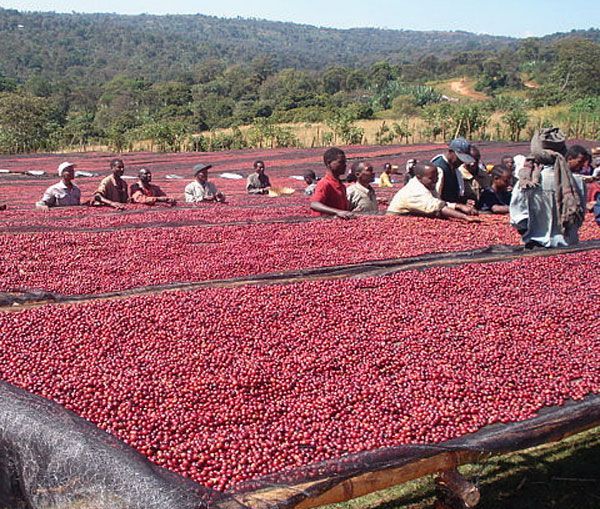about ethiopia
ETHIOPIA – A country of rich culture, spectacular nature and amazing wildlife
KNOW MORE ABOUT
ETHIOPIA
Geography
The total area of Ethiopia is 1,104,300 sq. km and the capital of Ethiopia is Addis Ababa, which means “new flower” in Amharic. The altitude is 2,355m (7,726 ft), making it the 3rd highest capital city in the world. More than 70% of Africa’s mountains are found in Ethiopia and for this high altitude, Ethiopians have been known to have distinguished long distance runners. Lake Tana is the source of the Blue Nile River, which meets the White Nile River in Sudan to form the Great Nile River. Lake Tana supplies 85% of the water to the Great Nile River. The Danakil Depression is home to one of the lowest points on the African continent – Dallol, at 116m below sea level – and one of the only lava lakes in the world – at Erta Ale volcano. The Great Rift Valley, the most significant physical detail on the planet that is visible from space, cuts through Ethiopia from the northeast to the south of the country
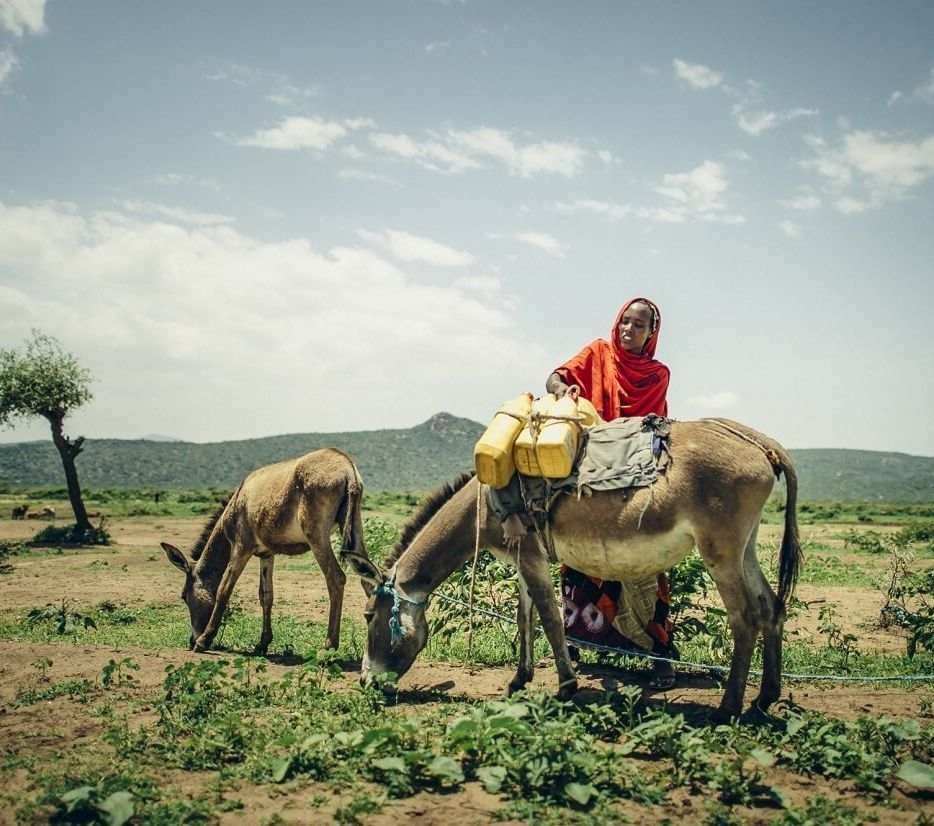
Nature
In Ethiopia, a variety of endemic species can be seen, both mammals and birds. There are 279 species of mammals found in Ethiopia, of which 5 are critically endangered, 8 are endangered, 27 are vulnerable and 12 are near-threatened. There are 31 endemic mammal species found in Ethiopia. There are 924 species of birds found in Ethiopia, making Ethiopia a bird-watchers paradise. Of these, 23 species are endemic to Ethiopia. There are 175 species of fish found in Ethiopia, 40 of which are endemic. The gelada baboon is, in fact, not a baboon, but an old world monkey often classified in its own genus. They are the last surviving species of ancient grazing primates that were once widespread. They have a complex social system where women are dominant. The patch of skin on their chest becomes bright red on females when they are most fertile. Young males form bachelor groups and older males serve as grandfatherly figures, looking after the young. They can be found in large groups, sometimes up to 800 or more, particularly when there is food to be found.
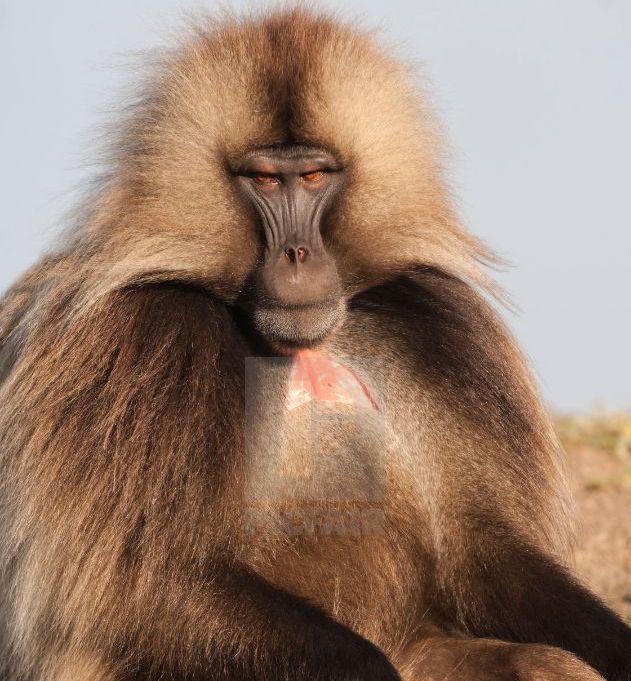
culture
Ethiopia has more than 80 different ethnic groups in Ethiopia and over 200 dialects are spoken throughout the country. Ethiopia is the only country in Africa which has its own unique script. At the time crucification of Jesus Ethiopia is claimed to have hold the Ark of the Covenant and a piece of the True Cross. The remains of Lucy (3.5 million years old), was found and unearthed in Hadar and many other earliest ancestors found buried in the soil and hence Ethiopia was widely called as the Cradle of Mankind. Ethiopia is the only nation in Africa which has never been colonized. It was occupied briefly by the Italians from 1936 to 1941. Ethiopia is home to 9 UNESCO World Heritage sites, more than any other country in Africa.
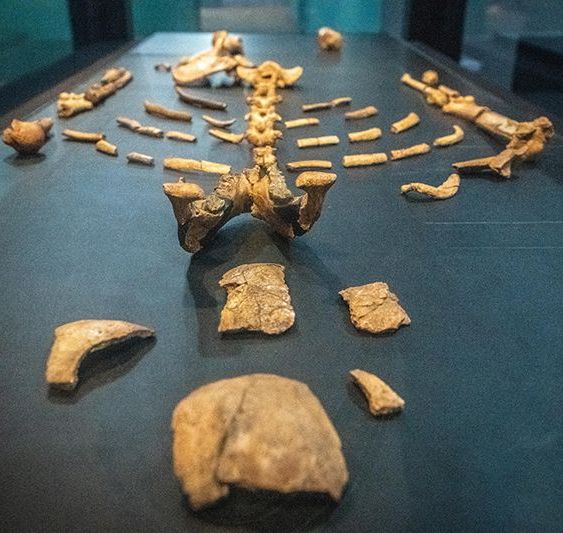
religion
Ethiopia is one of the oldest countries which has adopted Christianity in the 4th century. Black Jews, known as the Falashas, or Beta Israel is widely common in Ethiopia. During the time of Mohammed itself, Islam was common in Ethiopia when his followers fled persecution in Arabia and sought refuge in Ethiopia. Emperor Haile Selassie, the last emperor of Ethiopia, is worshipped by Rastafarians as a devine being. In fact, their name comes from Haile Selassie’s birth name, Ras Tafari,
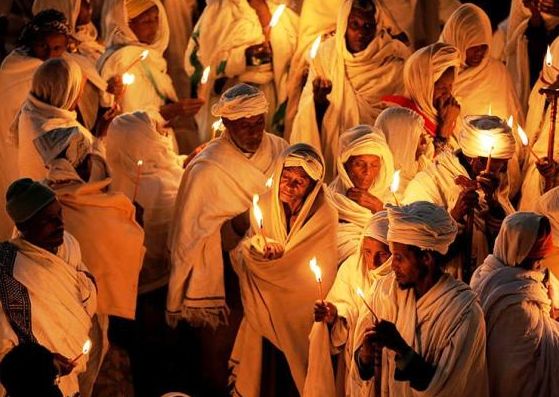
Time
Ethiopia has the Julian calendar of 12 months of 30 days each and a 13th month of 5 or 6 days. It is like 7 and a half years behind the Gregorian calendar. The Ethiopian fiscal year begins on 8 July and the Ethiopian new year begins on 11 September (12 September in leap years). Ethiopians will ring in the year 2005 on 11 September, 2012. As with many equatorial countries, the sun dictates time in Ethiopia. The sunrise marks the beginning of the day and the sunset marks the end of the day. What most of the world would call 7:00, Ethiopians would call 1:00. Both noon and midnight are 6:00 in Ethiopia.
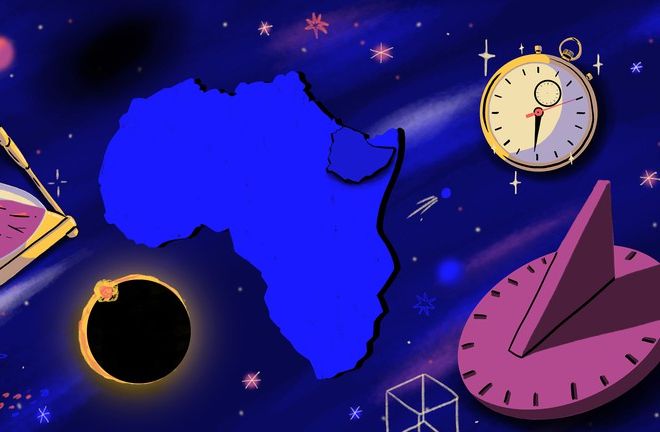
Food & drink
The world’s most popular beverages, Coffee, was believed to have discovered in Ethiopia, in the region of Kaffa. Ethiopia has the largest per capital density of cattle in Africa and the 10th largest in the world. The most important staple diet of Ethiopia is Injera and it is made out from a grain called Teff which is orginated in Ethiopia itself between 4000BC and 1000BC. It is the smallest grain in the world and is rich in calcium, phosphorous, iron, copper, aluminum, barium and thiamine and is a good source of protein, amino acids, carbohydrates and fiber. It can also be served as a great gluten-free option.
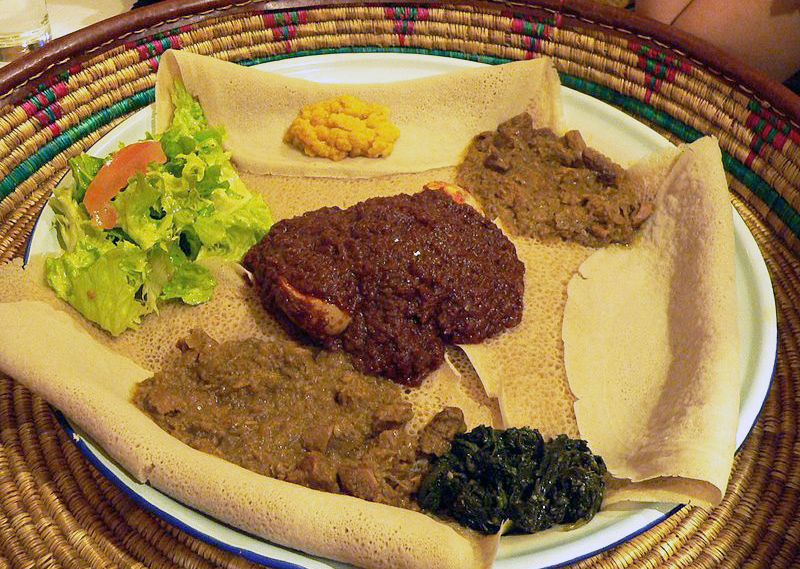
agriculture
Agriculture is the cornerstone of the Ethiopian economy, contributing 45% of the country’s gross domestic product (GDP), 85% of the total exports, and 80% of all employment in the country. Ethiopia’s key agricultural sector’s annual growth rate has gone up to 10% in the last decade. Coffee production in Ethiopia is also at its peak , thanks to the country’s enormous rainfall, optimum temperatures, conducive altitude and fertile soil. The country also produces black tea, with a production capacity of 7,000 tons of black tea per annum. Maize is also grown abundantly in Ethiopia and is also termed as Africa’s second biggest maize producer. Other important cereals are wheat and barley mainly in Oromia and some parts of Amhara Regions in about 1 million ha and 1.4 million ha respectively.
